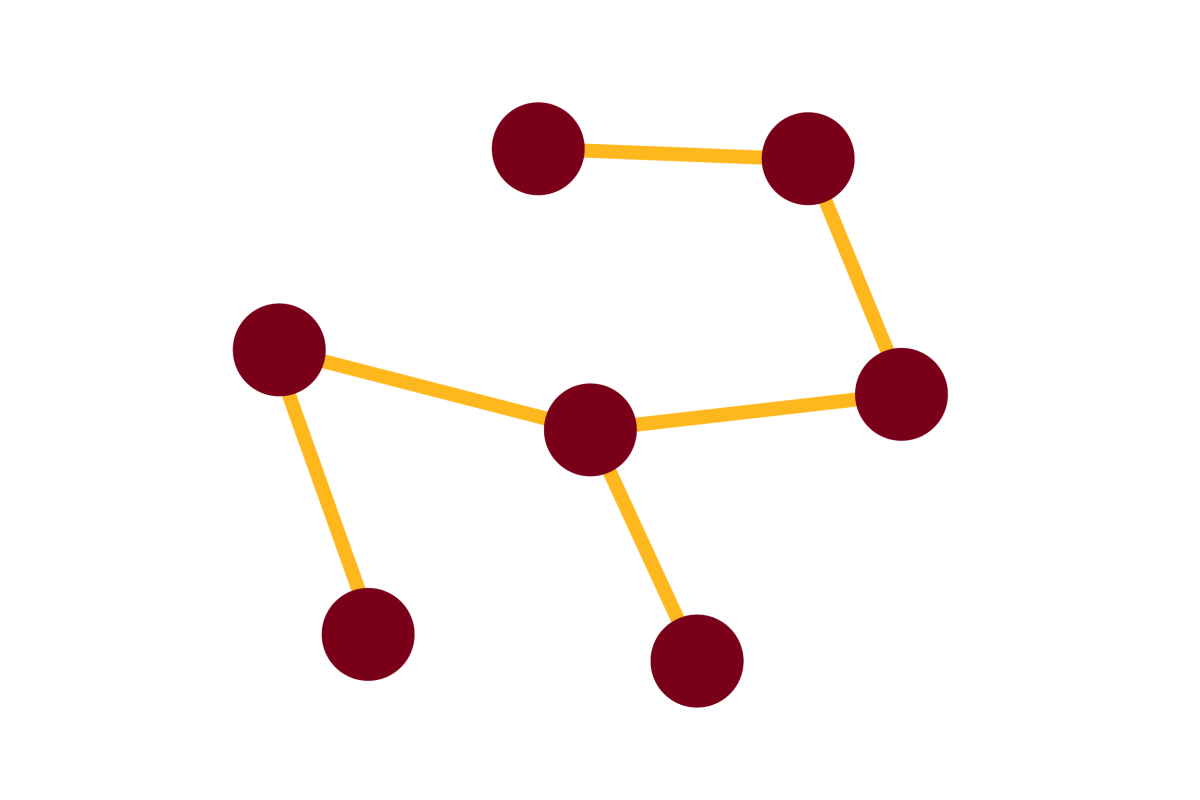Comparing host module activation patterns and temporal dynamics in infection by influenza H1N1 viruses [preprint]

Preprint date
January 1, 2021
Authors
Irina Nudelman, Daniil Kudrin, German Nudelman, Raamesh Deshpande, Boris M Hartmann, Steven H Kleinstein, Chad L Myers (professor), Stuart C Sealfon, Elena Zaslavsky
Abstract
Influenza is a serious global health threat that shows varying pathogenicity among different virus strains. Understanding similarities and differences among activated functional pathways in the host responses can help elucidate therapeutic targets responsible for pathogenesis. To compare the types and timing of functional modules activated in host cells by four influenza viruses of varying pathogenicity, we developed a new DYNAmic MOdule (DYNAMO) method that addresses the need to compare functional module utilization over time. This integrative approach overlays whole genome time series expression data onto an immune-specific functional network, and extracts conserved modules exhibiting either different temporal patterns or overall transcriptional activity. We identified a common core response to influenza virus infection that is temporally shifted for different viruses. We also identified differentially regulated functional modules that reveal unique elements of responses to different virus strains. Our work highlights the usefulness of combining time series gene expression data with a functional interaction map to capture temporal dynamics of the same cellular pathways under different conditions. Our results help elucidate conservation of the immune response both globally and at a granular level, and provide mechanistic insight into the differences in the host response to infection by influenza strains of varying pathogenicity.
Link to full paper
Keywords
bioinformatics, computational biology